Foreword The large application of composite materials (fiber reinforced polymer matrix composites) in the structure of large civil aircrafts is one of the distinguishing features of modern large-scale civil aircraft. The proportion of composite materials accounts for 22% of the weight of the aircraft structure from the Airbus A380 (the other GLARE materials account for 3%) to 50% of the Boeing 787 and then to 52% of the Airbus A350XWB. This indicates that the composite material has become the main structural material of modern large-scale civil aircraft, ending the era of aluminum alloy-based body structure. Composite materials are widely used for their performance design, structural integrity, etc., but severe warpage deformation during manufacturing can affect the shape accuracy and assembly connection. The design and manufacture of the overall composite structure is a challenging subject. It must be protected by advanced design concepts, digital design techniques and advanced manufacturing techniques. The deformation of the composite structure during the manufacturing process is controlled to achieve composite materials. One of the key technologies for structural holistic. 1. Analysis of curing deformation mechanism The composite curing process is essentially a curing reaction process with a non-linear internal heat source in a low thermal conductivity, anisotropic material. The volume shrinkage during curing and subsequent cooling causes residual stress and deformation. For the autoclave forming process, the factors affecting the curing deformation can be divided into two aspects: internal and external factors: internal factors including material characteristics, layup orientation and geometry, and other factors related to structural design; external factors include curing temperature, time, pressure And process and other factors related to the process. Unreasonable structural design may result in complex structures shrinking in different directions resulting in residual stress and deformation, and an optimized curing process and reasonable mold design can effectively reduce residual stress, thereby achieving deformation of the control structure during curing. purpose. The solidification deformation caused by internal factors is described in detail in the literature [1], which is mainly summarized as the structural anisotropy caused by the direction of the composite layup and the deformation caused by the shrinkage of the resin. The external cause is mainly the solidification deformation caused by the mismatch of the thermal expansion coefficient of the mold. In the composite manufacturing process, the commonly used mold materials are aluminum alloy, steel and nickel alloy. Since the composite material does not match the thermal expansion and contraction of the mold material, a stress gradient is generated in the direction of the composite material structure perpendicular to the surface of the mold. The following is an example of a composite flat plate in the heating stage of the autoclave, as shown in Fig. 1 [2]. Under the pressure of the autoclave, the composite member is in close contact with the surface of the mold, and the mold and composite material are heated during the heating process. Shear stress is generated between the surfaces of the workpiece, and the shear stress is expressed as follows: the surface of the mold in contact with the member is subjected to compressive stress, and the surface of the member in contact with the mold is subjected to tensile stress. The interaction between the mold and the component begins with the resin matrix entering the viscoelastic phase. At this time, the shear modulus of the composite is very low, and the layup adhering to the surface of the mold is greatly affected, and the layup away from the surface of the mold is affected. The shearing force is much less than the shearing force of the layup near the surface of the mold, so that a stress gradient is formed along the thickness direction of the member, and the stress gradient remains in the member as the resin is solidified, until the member After the curing is completed, the composite member is demolded, and the residual stress is released to deform the member. 2. Development of deformation control simulation technology In the early stage of composite structure application, in order to overcome the problems caused by residual stress and deformation during the curing process, the traditional method is based on experience and process test, for the specific structure, from the perspective of external factors, the structural parts The mold profile used in the curing process is repeatedly adjusted and compensated for processing to control the degree of deformation or counteract the effect of deformation. This treatment method is based on experience and a large amount of test data, which inevitably consumes a lot of manpower and material resources. And time, and the results lack universality, can not adapt to the current requirements of design and manufacturing integration. With the rapid and economical requirements for structural design and manufacturing brought about by the large-scale application of composite structural parts in the aviation field, it is inevitable to use a large number of simulation technologies. The development of foreign composite materials started earlier. With the development of computers, computer numerical simulation of composite material curing process was used to establish a complete set of solidification deformation analysis and prediction methods. The traditional design ideas and design procedures were changed and considered at the beginning of design. To the structural molding problem, a well-known composite simulation software developed by the University of Delaware Composites Research Center for low-temperature polymerization processes. The numerical simulation software COMPRO [3] developed by the University of British Columbia for the autoclave forming process is a two-dimensional finite element code for the curing process of autoclave, including the characteristics of the autoclave and the mold and the characteristics of the composite. In the manufacturing process of the A380, Airbus jointly researched the problem of solidification deformation of composite structural parts with the Delft University of Technology in the Netherlands, and studied the project titled Deformation of large composite panels by cure shrinkage. Control method for curing deformation. MAAXIMUS, an aviation research project on composite materials, is presented in the European Union Seventh Framework. An important part of this project is to establish a virtual simulation platform for the aircraft manufacturing process, and to perform virtual simulations before manufacturing composite structures. Calculation. In the autoclave forming process, the main process parameters of the composite structural member curing process include temperature, temperature rise and fall, and pressure. The geometrical dimensions, material system and curing process parameters of the structural parts affect the final forming quality of the components to different extents. Choosing the appropriate process parameters is the key part of autoclave forming. Due to the large number of influencing factors, the use of experimental methods to determine process parameters has certain limitations. The numerical simulation method is used to analyze the influence of various factors on the molding quality, which is of great significance for selecting reasonable process parameters and saving test costs. The solidification deformation simulation technology of large composite members is an important link between structural design and process design. It is one of the core technologies of design/manufacturing integration, and also an important technical means to achieve high-precision and high-quality large-scale component preparation, especially in China. In the case of insufficient preparation of material components, the virtual process parameter design by numerical simulation method can reduce the number of experiments, shorten the production cycle, and reduce the production cost. 3. Application examples For the autoclave forming structural parts, considering the physical and chemical characteristics of the composite forming process, by simulating the factors affecting the solidification deformation of the structure, the mutual relationship and influence trend of each factor can be found, and the final geometric requirements of the structure can also be designed. The best manufacturing process to achieve the purpose of controlling deformation. The author used the finite element software ABAQUS to simulate the rebound deformation of the L-shaped structural parts in the cooling stage of the autoclave curing system [4], mainly to analyze the internal factors affecting the deformation: structural design parameters for springback deformation influences. The structural material was Hercules AS4/3501-6 [5] prepreg, and in order to simplify the simulation process, the influence of the mold was not considered in the calculation. The finite element model of the L-shaped structural member is shown in Figure 2. In order to analyze the influence of different paving directions of the structure on the springback deformation during the manufacturing process, the three layers of the L-shaped structure [0]8, [0/45/90/-45] 2s and [90]8 were compared. The result is shown in Figure 3. It can be seen that different layup directions have a greater influence on the rebound angle. The reason for this trend is that the laminated and laminar L-shaped members of the different layers have different radial and circumferential thermal strains and curvature shrinkage strains at the corners. For the [0/45/90/-45] 2s layer, change the thickness of the L-shaped structural member and simulate the change of the rebound angle. The result is shown in Figure 4. It can be seen that the change of the thickness has a great influence on the rebound angle. Obviously, as the thickness increases, the rebound angle becomes smaller. Similarly, changing the corner radius of the L-shaped member of such a layer, simulating the change of the rebound angle, the result is shown in Figure 5. As the corner radius increases, the rebound angle increases, but the increase value is not obvious. . It shows that the change of the corner radius has little effect on the rebound angle. It can be seen from the above analysis that through the simulation calculation of the parameters of the factors affecting the solidification deformation, the trend and degree of the influence of each parameter on the solidification deformation can be obtained; the influence factors of the solidification deformation can be analyzed in the structural design stage of the composite material, which can be the structural design of the composite material. Provide support and optimize structural design; analyze the influence of deformation deformation factors in the manufacturing stage of composite structural parts, which can guide the adjustment of curing process parameters, reduce the number of tests, and save human and financial resources. Therefore, by applying the simulation technology in the design and manufacture stage of the composite material structure, the curing deformation can be reasonably and effectively controlled. 4. Outlook The application of composite structure simulation technology, both in principle and from the research results already obtained by Airbus and Boeing, has proved to be feasible, and has also achieved the initial goal: shortening the development cycle and reducing production. Cost, integration of composite structure and design/manufacturing integration. Therefore, the simulation technology is an effective way to predict and control the deformation. It has a broad application prospect in the manufacturing process of composite structural parts, but its application is based on the establishment of calculation methods for various deformation factors and the development of reasonable simulation processes. By using the test results to modify the simulation technology, the purpose of controlling deformation can be achieved in the manufacturing process of composite structural parts. references [1] Dong CS, Dimension variation prediction and control for composites [D].PhD dissertation, the Florida state university, 2003. [2] Graham Twigg, Anoush Poursartip, et al. Tool–part interaction in composites processing. Part I: experimental investigation and analytical model [J]. Composites, part A: applied science and manufacturing. Composites: Part A 35 (2004) 121–133 [3] Hubert P, Vaziri R, Poursartip A. A two dimensional flow model for the process simulation of complex shape composite laminates. 1999, 44(1): 1-26. [4] Jia Lijie, He Jingwu, etc., CJ818 central wing box composite material manufacturing process design and analysis [J], civil aircraft design and research, 2010, supplement; 39-43. [5] Johnston A, Vaziri R, Poursartip A. A plane strain model for process-induced deformation of Laminated composite structure[J]. Journal of Composite Materials, 2001, 35(16): 1435-1469. Concerned about surprises Tag: Application prospect analysis Simulation technology Thermal insulation technology Laminates Process parameter design Previous: Japan Chemical Screw Co., Ltd. started research and development of CFRP Next: Principles for selection of hazardous gas detection alarms
Compared with the obsolete HPS,MH,HID,LED Vegetation Lights specific wavelengths that plants need in their photosynthesis,as led cost 50% less electricity but output higher PAR which receive warmly welcome from growers and gardeners,furthermore,as led Grow Light dissipate less heat during the illumination process,thus growers and gardeners don't have to install other cooling facilities to solve the overheating problems,which in turn save you much budget on plants growing project.
Philizon have over 6 years' experience in designing and manufacturing LED Vegetation Lights. Persuiting to offer the best grow lights for plants growth,we cooperate with the scientific research institutes and the Academies of Agricultural Sciences in USA, Australia Canada, UK and so on.A great number of commercial plant growers test the lights, and their feedbacks show that this lamp owns a lot of 640nm,660nm and 740nm lights, which gives the plants enough nutrient in the flowering and fruiting phase and bring a far higher yield than other LED Vegetation Lights in the market.
Full Spectrum LED Vegetation Lights and High PAR are good for growth Plants
Item Display
Advantages
Plug with listed certificate safe to use.
Ageing Test
Application
Ideal for all phases of plant growth, and works well with water solution culture and soil culture. Can be used in house garden, pot culture, sowing, breeding farm, flower exhibition, bonsai garden, green house, sowing farm, greenhouse cultivation, water soluble breeding, pipeline cultivation and so on.
Our Quality Control systems and after-sales
Package
Warnings:
1.lndoor use only.
2.To avoid being damaged,do not use water or drip irrigation while using.
3.Sunshine lighting time should be 12-18 hours.
4.While irradiating the plants,the height of led grow lamp is not less than 10 inches,
low height will cause the destruction of plants.
5.Highly hang the lamp will weaken the energy and affect the growth cycle of the
plants, so the lamp should not be hung too high.
6.While taking care of the plants, please spray the leaves and branches 2-3 times everyday,
to ensure the the plants do not wrinkle a wither, and have no phenomenon of few fruit, and
hard pericarp.
Our Advantages
Professional: we are professional LED Vegetation Lights and LED Aquarium Light manufactuer here in China, you will get Professional and High quality LED Vegetation Lights and LED aquarium lighting from us and get good guarantee.
Cost-effective Price: we don`t have the lowest price, but the LED Vegetation Lights and Aquarium Light you get from us really cost-effective, good quality & decent price.
Win-win situation: Long term business is our mission, we think you will agree with us if you are running a business, so we will provide good led aquarium grow lights and warming service to build a long-term business relationship with you
24/7 unlimted customer service: we are always here for you for your question, any question just email us or call us, we will do our best to help you all the way.
Long term warranty: Don`t worry about the quality and we guarantee you 3years warranty for all the LED Vegetation Lights and coral reef led aquarium light..
Best buying experience: you will get the tiptop serive you have ever had,just have a try and you`ll see.
Trade Terms
Payment: T/T, L/C, Paypal, 30% deposits before production, 70% balance to be paid before deliverying(Western Union are welcome)
Sample will be delivered within 7 working days.
Discounts are offered based on order quanlityes.
MOQ:sample order are acceptable
Delivery ways:DHL,UPS,FedEx,TNT, door to door,by sea,by air,etc.
Warmly welcome to take a visit on our factory at any time and we can pick you up as you request.
High PAR Output Grow Light,Hydroponics Led Grow Light,Led Grow Light For Plants,Led Grow Light For Greenhouse Shenzhen Phlizon Technology Co.,Ltd. , https://www.szledaquariumgrowlight.com
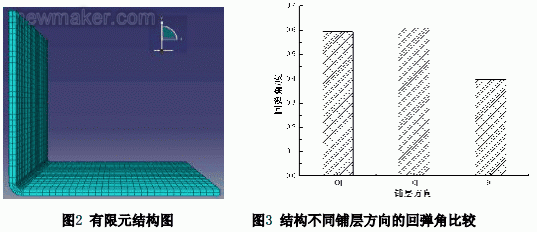
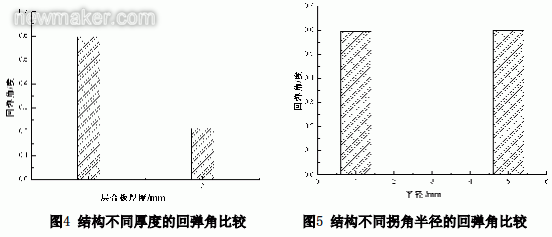

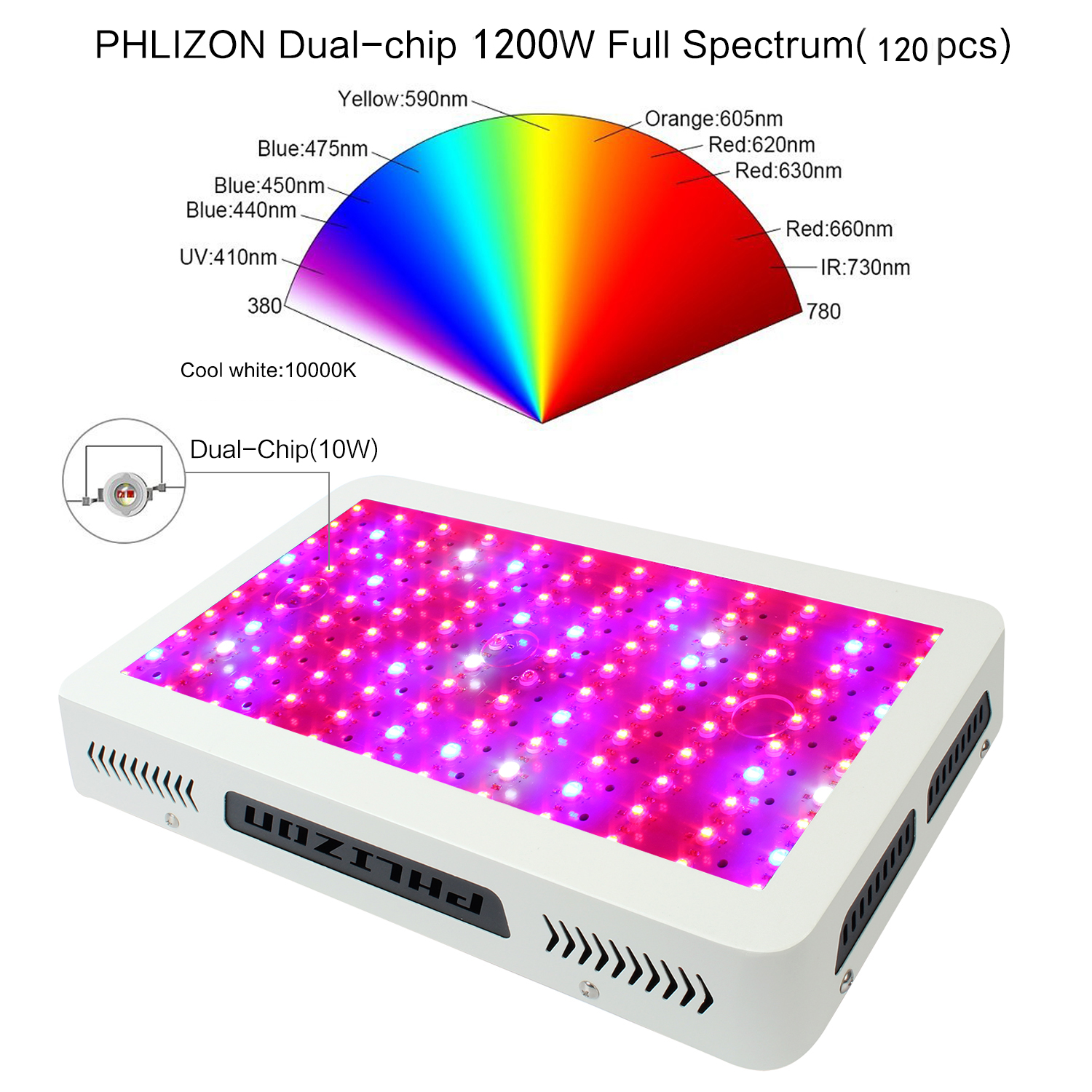




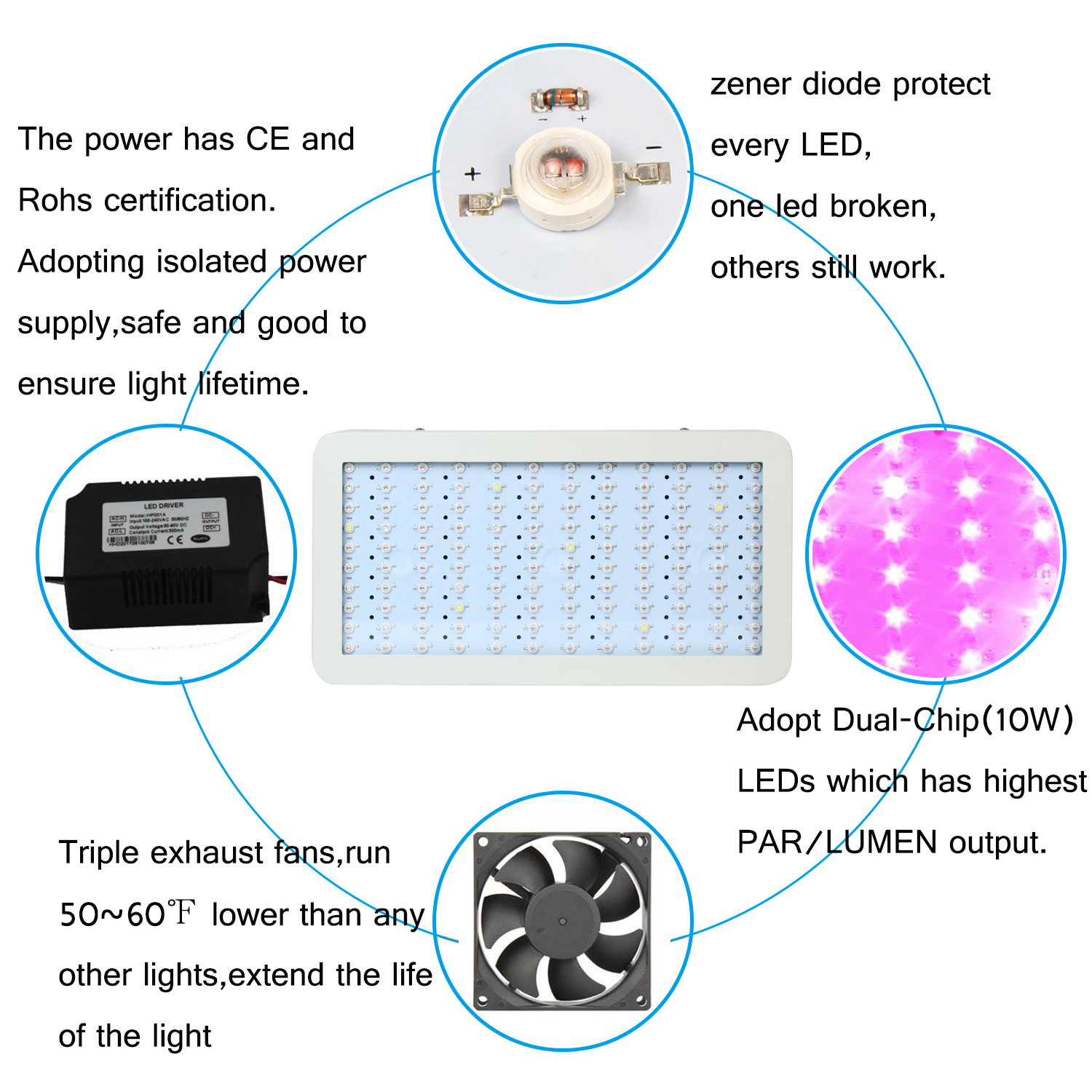
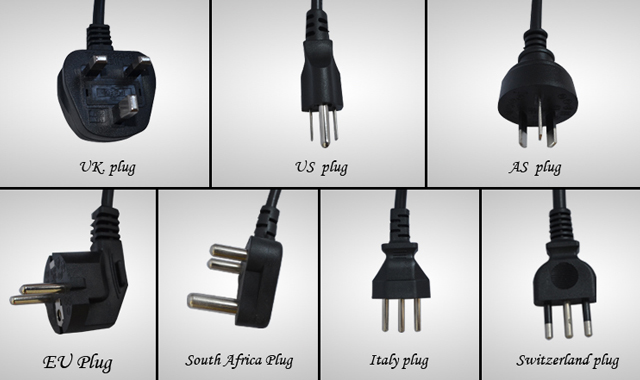


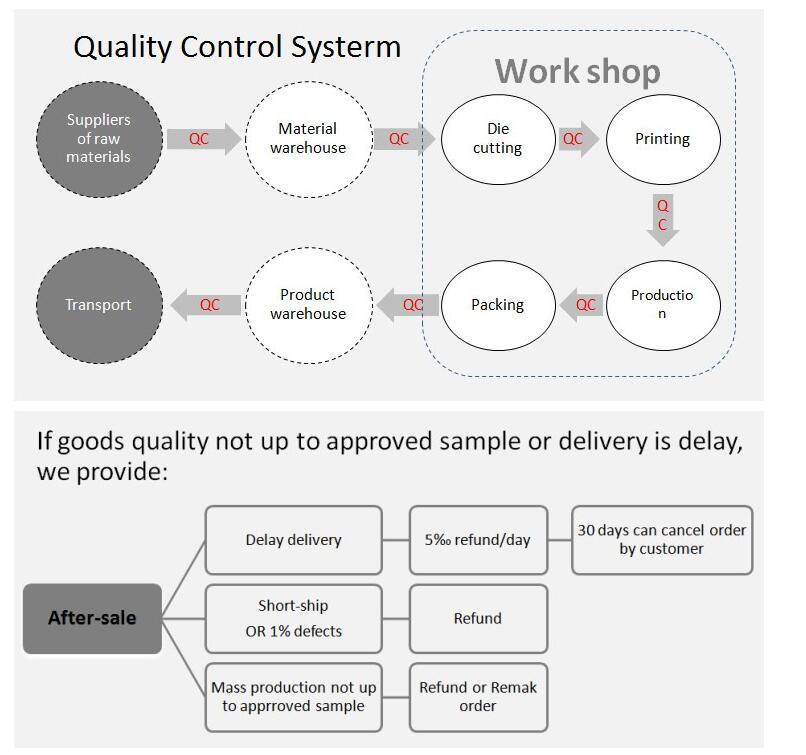

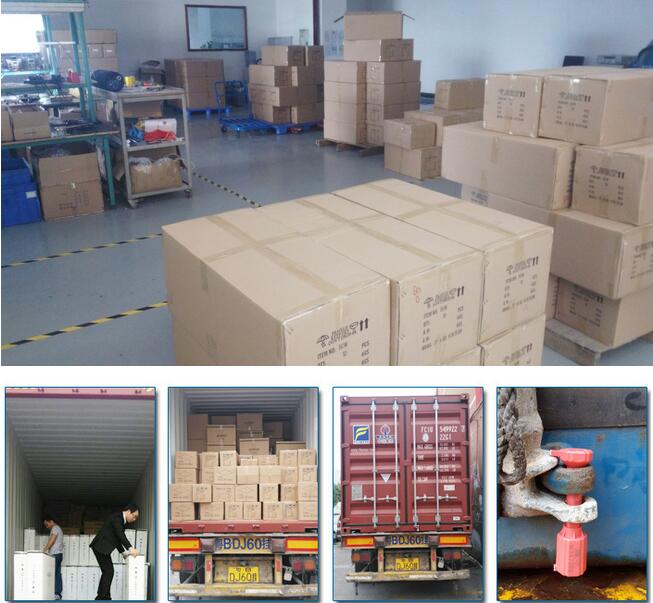
Application of Simulation Technology in Fabrication of Composite Structures
Upgraded Epistar chips,High Lumen,High penetration.
Zener Diode protection Each LED,one LED Out,other LEDs still work.
High quality material,Listed Certification Wires,Heatproof Tube,Zero-Risk to catch fire.
Efficient Full spectrum Special rations of Blue,Red and White for both blooming &fruiting stages.
Adopting isolated power supply,safe&easy to maintain&long life time.
Aluminum heat-conducting plate+high quality brand fans,efficient heat dissipation.
IR LED involved,it is not as bright as other leds,But promote the yield.